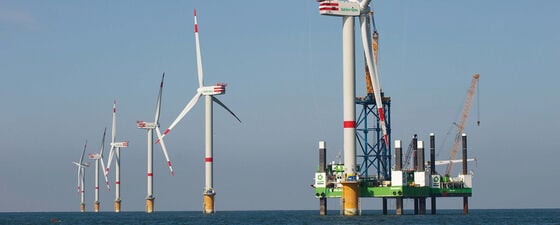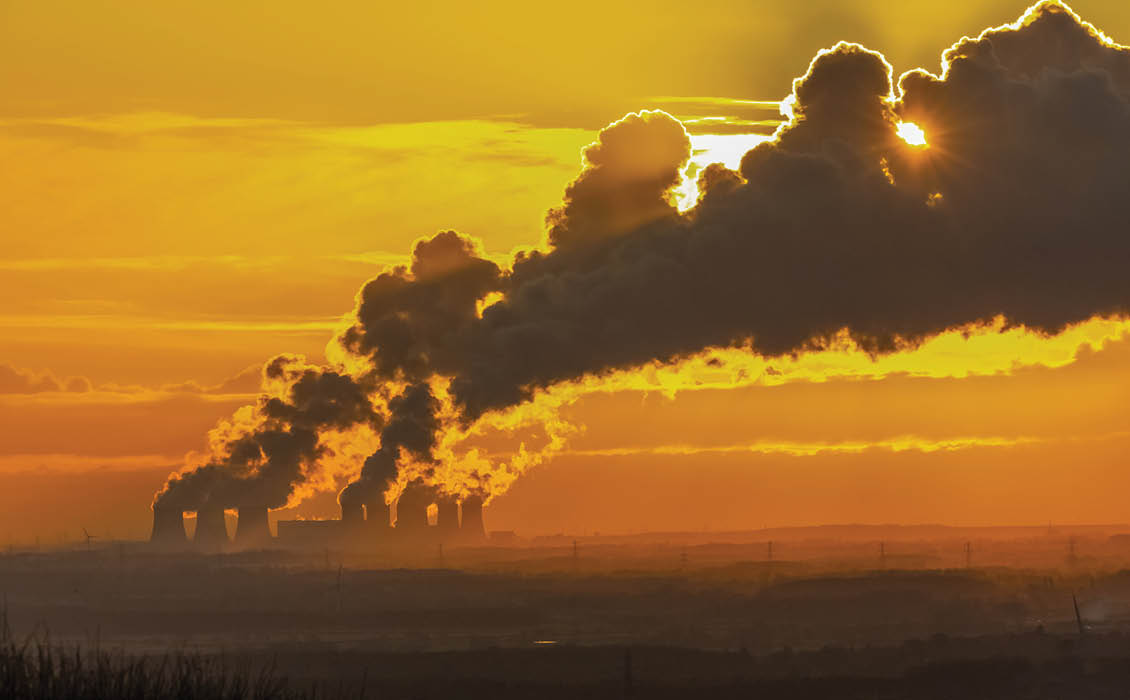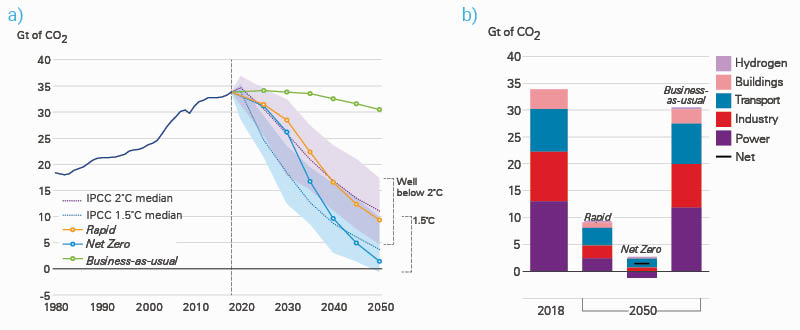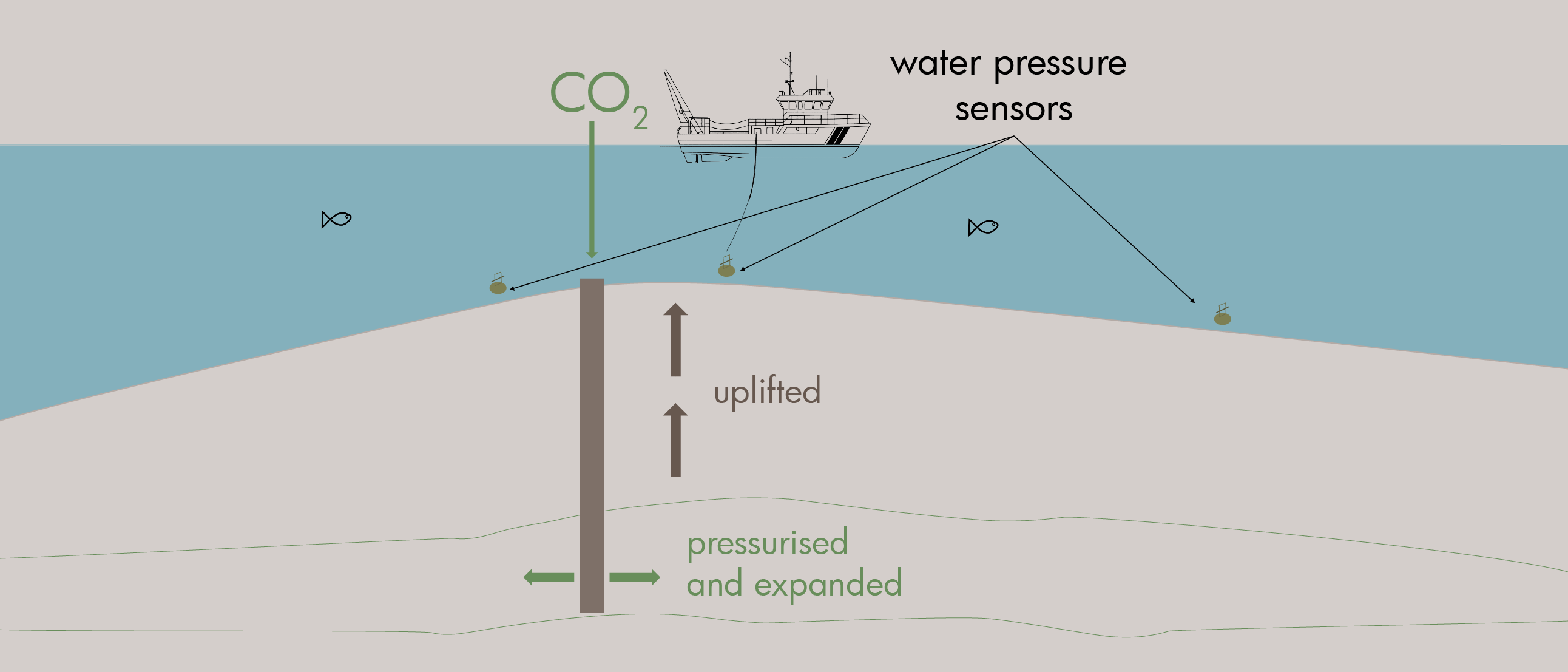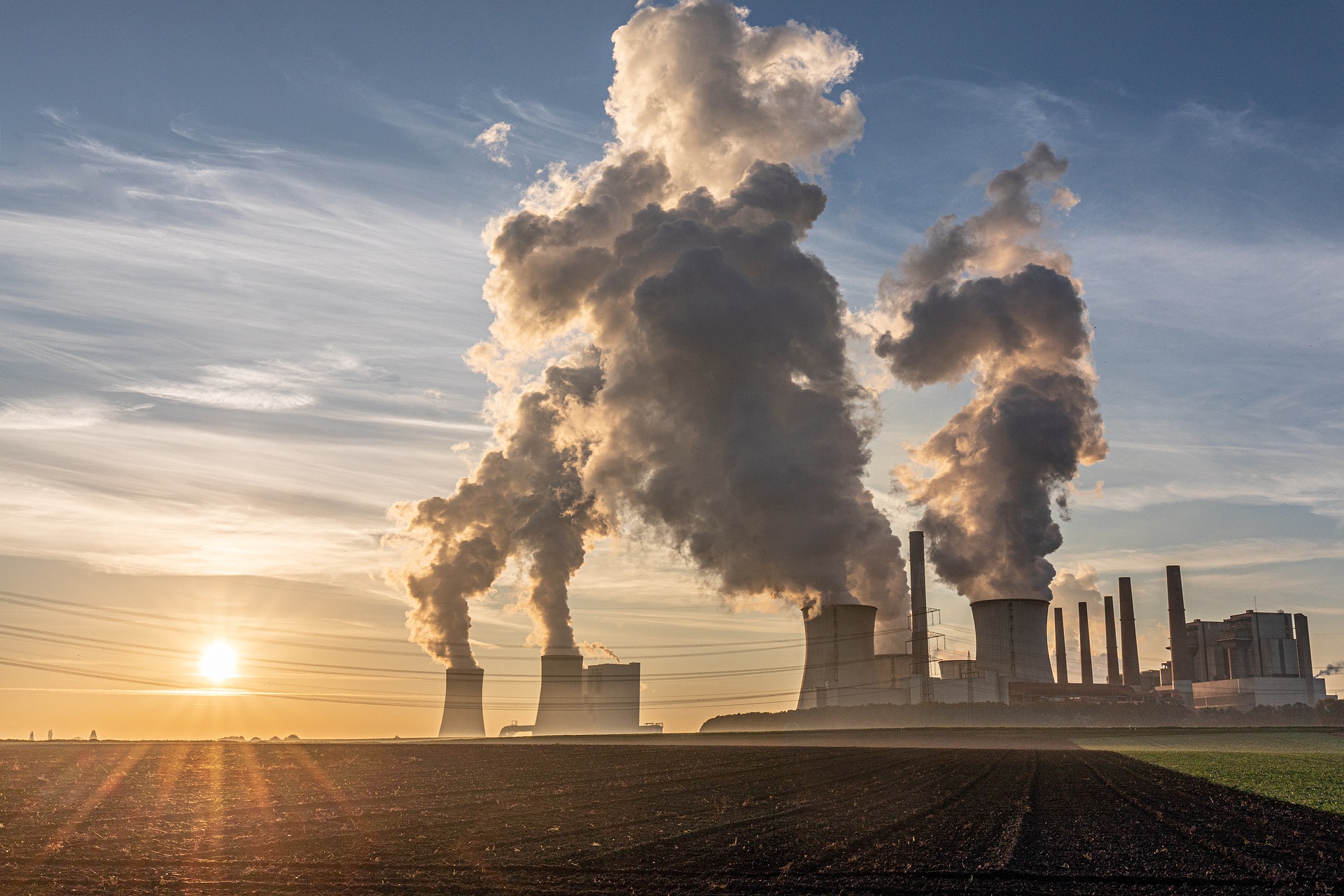Recent events regarding the global Covid-19 pandemic have somewhat dominated media focus in the last six months or so, but for the 12–18 months prior to this the publicity and media coverage of the global ‘climate emergency’ and the energy transition were very much a key focus area. As a geoscientist in the oil and gas industry, I have found myself questioning my role and that of my industry in our contribution to the climate emergency, but more importantly, in the possible solution. Three main questions come to my mind: does the oil and gas industry have a future and how does this fit into the energy transition; how is the petroleum geoscientist’s role likely to change; and in what other ways could a geoscientist contribute to the energy transition?
In this article, I will avoid discussion on the science of climate change, government policy, politics, or related social issues – there are people far better qualified than me to comment on these topics. Instead, this article will focus specifically on the future role of a geoscientist in the energy transition world, sharing my opinion and the insights I have gained from recent publicity and the many discussions I have had after working within the industry for the last 14 years.
The Future of the O&G Industry
 BP Energy Outlook 2020 forecasts for primary energy consumption by source. Source: BP Energy Outlook 2020.There are a multitude of forecasts available in the public domain for future global energy demand and energy sources (see bp’s Energy Outlook 2020 forecast in figure). Many different scenarios are forecast by different organisations with regards to the pace of technology development, population growth, electrification of transportation, increased use of renewables etc. Irrespective of the scenario modelled, most outcomes predict that oil and gas will still make up a very significant proportion of the global energy mix in 2040 and beyond: typically 40–60%, with coal, renewables, hydroelectric and nuclear making up the remainder.
BP Energy Outlook 2020 forecasts for primary energy consumption by source. Source: BP Energy Outlook 2020.There are a multitude of forecasts available in the public domain for future global energy demand and energy sources (see bp’s Energy Outlook 2020 forecast in figure). Many different scenarios are forecast by different organisations with regards to the pace of technology development, population growth, electrification of transportation, increased use of renewables etc. Irrespective of the scenario modelled, most outcomes predict that oil and gas will still make up a very significant proportion of the global energy mix in 2040 and beyond: typically 40–60%, with coal, renewables, hydroelectric and nuclear making up the remainder.
This suggests oil and gas as energy sources are here to stay for some time yet, in particular gas which is seen as the key ‘transition fuel’. It is plentiful in supply, reasonably cheap to produce and relatively clean in comparison to coal or oil. It is widely accepted that gas use for energy production is key to bridge the gap between reduction in fossil fuels and the increase in more sustainable renewable energy sources. In this regard, and perhaps counterintuitively, it is important to consider the oil and gas industry is part of the solution in moving towards a low carbon renewable energy future. Quite simply, without the affordable and reliable energy that oil and gas provide it would not be possible to transition to renewable energy sources.
What does this mean for the petroleum geoscientist? Well, more than likely these skills are still going to be required for some time to come to explore for and produce the hydrocarbons needed to fulfil global energy demand. However, employment within the industry will likely shift away from the majors towards national oil companies, non-OECD (Organisation for Economic Co-operation and Development) countries and smaller players as the majors transition away from traditional oil and gas exploration to becoming energy companies.
For those companies still pursuing oil and gas, in my opinion we are likely to see a much more rigorous project selection criteria adopted by companies in line with an increased focus on environmental, social and governance policies, also heavily linked to the sources of financing available. There will be a focus on projects that have the potential for lower environmental and climatic impact, reducing the pool of potential oil and gas development projects.
Digitalisation Cannot Do Everything in Oil, Gas and Energy
Digitalisation across the oil and gas industry is something that has received a lot of attention since the oil price crash in 2014/15 as companies sought to be more efficient and save costs. This broad term, digitalisation, can be used to describe a variety of technological advancements and new ways of working, including artificial intelligence, big data, analytics, internet of things and electronic remote monitoring – to name but a few. Many research projects, particularly by the majors, are advancing the technologies to the point of implementation in everyday operations. In the next decade or so I believe we are likely to see large changes in the way the industry works, particularly in terms of data processing and analysis and the monitoring of operations and production systems. One of the key facilitators to this is the continued uptake and advancement in ‘cloud computing’, with large increases in computing power and affordability now available.
For the geoscientist the increases in computing power available via the cloud are likely to greatly affect the subsurface workflow giving them the ability to analyse larger quantities of data more quickly. This can optimise and automate significant parts of the subsurface workflow which can in turn free the geoscientist to apply critical thinking and skills to subsurface challenges. One example might be automated seismic screening and interpretation, with key inputs from the geoscientist provided at the beginning to set up a project and quality control at the end to review, with automation undertaking of the bulk of the process. In this example, as in many others, despite significant automation the role of the geoscientist is still an important one to provide technical inputs, quality control and review of results. The critical thinking and decision-making will still require the skills, experience, and knowledge of geoscientists. Furthermore, whilst majors and larger companies might employ more modern technologies and analysis methods, the workflows and technologies we are familiar with today will continue to be used extensively so these skills will still be required. Nevertheless, it will be important for geoscientists to evolve their skill set to adapt to more digitalisation, supported by training across the industry and at university programme level.
Critical Geoscience Skills Still Required in the Future of Energy
In addition to the need for continuing oil and gas exploration and production to fill future energy needs, the demand for geoscientists is likely to increase over the next decade and beyond in a number of other areas:
Carbon Capture and Storage (CCS): This is a topic receiving a significant amount of attention in the oil and gas industry and by governments as a potential solution to reducing CO₂ emissions. The notion of injecting CO₂ into depleted hydrocarbon reservoirs has been around for well over a decade now, but has never really made any major steps forward; it has always been challenged in terms of economic viability, not to mention many other technical aspects. Unless there are some major changes in government policy, as well as incentives and increases in funding for research, we could still be decades away from viable CCS projects being sanctioned and thus providing a notable contribution to reduction in greenhouse gases. However, some governments and major oil companies are conducting active research projects and in the last 18 months or so there is a general feeling of slowly gathering momentum and interest in the subject. This progress is certainly welcomed, but we need to do a lot more. Indeed, some commentators argue that if we continue to use fossil fuels in the quantities forecast over the next two to three decades and still want to achieve Paris climate change targets then CCS will be essential and might need to capture more than 55% of produced CO₂.
The role of geoscientists in this future industry will be critical to identify carbon capture storage sites by analysing hydrocarbon reservoirs and developing an understanding of their flow behaviour, in addition to modelling and monitoring reservoirs once injection and storage commences.
Geothermal Energy: A clean and renewable energy source, geothermal is likely to increase in popularity in the future, particularly in those regions where the underlying geology is supportive. The role of a geoscientist is varied within this industry and geoscientists have a role to play during exploration, development, and production phases of geothermal projects. A geothermal geologist probably has more in common with mineral exploration than petroleum geology, but there are still a lot of similarities to the work of a petroleum geoscientist including mapping geology and geological features, sample analysis, examining cores and cuttings, building subsurface models and siting and planning wells.
Mineral Exploration: Mining and mineral exploration has always been a popular career choice for many geologists following graduation and provides an exciting and rewarding profession for those involved. A career in mineral exploration could offer a good avenue for petroleum geoscientists in the energy transition as we move away from fossil fuels and traditional petroleum geology roles. Continued electrification of transport and energy storage will be supported with improvements in battery technology which are predicted to increase exponentially over the next couple of decades. This will vastly increase the need for key minerals such as lithium and exploration and mining for these minerals will be a major industry employer for geoscientists.
Part of the Solution
My research and interactions with other industry professionals had led me to the conclusion that the role of a geoscientist is an important one in the future energy transition, whether that be in continuing to support the petroleum industry in exploration for oil and gas to meet global energy demand; a switch in focus to gas as ‘the key transition fuel’; or supporting new growth industries such as CCS mineral exploration; or contributing towards renewable energy industries such as geothermal and wind. There are likely to be significant changes ahead and adaptions required for our industry, but if we embrace these and face them head-on with a focus on effective communication with governments and the general public then our industry can hopefully be viewed, quite rightly, as part of the solution for energy transition rather than the problem itself.

